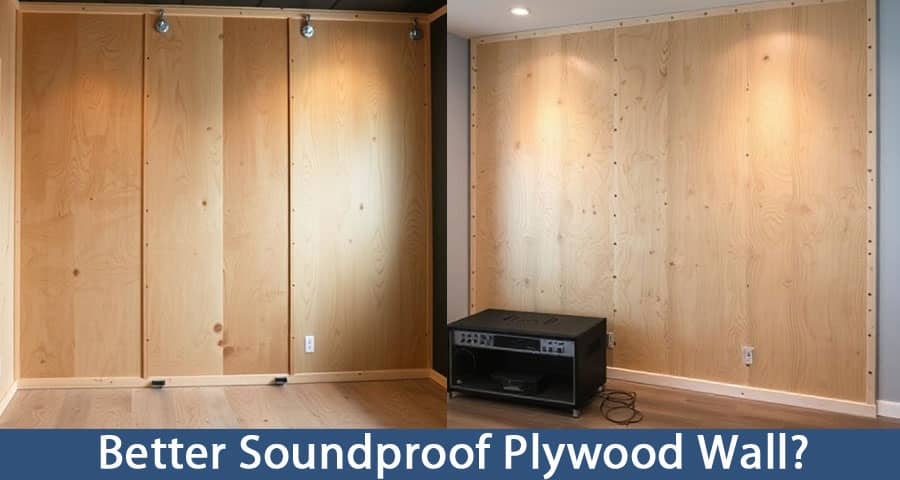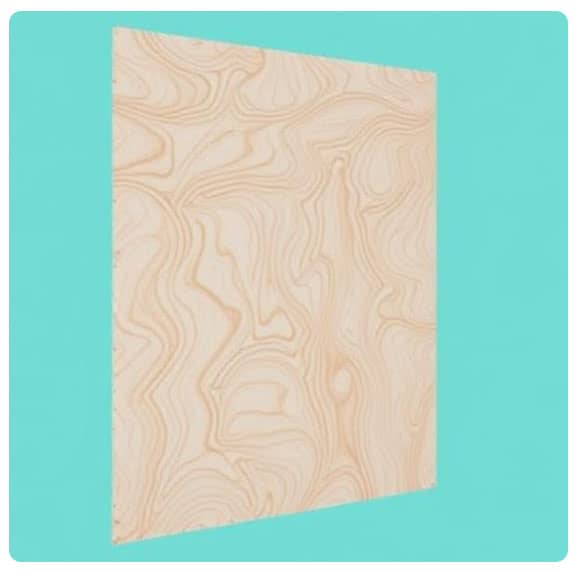How Do You Build a Better Soundproof Plywood Wall

Building a soundproof plywood wall requires not just stacking layers of materials, but careful planning, strategic product selection, and precise execution. Whether you're isolating a home studio, office space, or residential room, a well-constructed soundproof plywood wall significantly reduces airborne noise and vibration transfer.
Understanding the Fundamentals of Soundproofing a Wall
Effective soundproofing involves blocking, absorbing, and dampening sound waves. A plywood wall on its own offers little resistance to sound; however, when combined with the right materials and techniques, it becomes a powerful acoustic barrier.
Key soundproofing principles include:
- Mass - the heavier the wall, the better it blocks sound.
- Damping - materials that convert sound energy into heat reduce transmission.
- Decoupling - isolating wall layers prevents vibration from traveling.
- Absorption - absorbing sound within cavities minimizes echo and reflection.
Step-by-Step Guide to Building a Soundproof Plywood Wall
1. Choose the Right Location and Prepare the Wall Frame
Start by identifying the wall that requires soundproofing. Remove existing drywall if needed and expose the stud framing.
- Inspect the wall for gaps or holes and seal them with acoustic sealant.
- Ensure studs are in good condition and structurally sound.
- Consider adding resilient channels or sound isolation clips to decouple the plywood from the studs for better sound isolation.
2. Add Mass with Multiple Plywood Layers
Mass-loaded materials are crucial. Plywood is dense but layering it multiplies its soundproofing capability.
- Use 3/4-inch exterior-grade plywood for higher density.
- Attach the first layer directly to the studs or resilient channels using acoustic caulk between layers.
- Stagger seams to avoid creating sound pathways.
- For improved sound blocking, add mass loaded vinyl (MLV) between plywood layers.
Pro Tip: Apply Green Glue Compound between plywood layers to dampen vibrations and improve sound isolation by converting kinetic energy into heat.
3. Insert Acoustic Insulation Between Studs
Cavity insulation drastically reduces sound transmission. The best types include:
- Mineral wool insulation (e.g., Rockwool Safe'n'Sound) for its fire resistance and acoustic performance.
- Fiberglass insulation as a budget-friendly option.
- Avoid rigid foam boards; they reflect sound rather than absorb it.
Install insulation snugly without compressing, as air pockets enhance acoustic absorption.
4. Seal All Gaps and Edges Thoroughly
Sound finds its way through even the smallest openings. Seal the following areas:
- Edges around plywood sheets
- Gaps near outlets and junction boxes
- Top, bottom, and side seams
- Use acoustic sealant, not regular caulk, to maintain long-term flexibility and effectiveness.
5. Apply Acoustic Barrier Overlays (Optional but Effective)
To further enhance your wall's performance:
- Install a soundproof drywall layer like QuietRock over the plywood.
- Add fabric-wrapped acoustic panels on the wall surface.
- Use decorative soundproof wallpaper or mass-loaded vinyl panels.
Each additional layer contributes to the overall Sound Transmission Class (STC) rating of the wall.
6. Isolate Electrical Boxes and Outlets
Electrical boxes are common weak spots in soundproof walls.
- Use putty pads around the boxes.
- Install acoustical gaskets for outlets.
- Avoid back-to-back box placements on opposite walls to prevent flanking paths.
7. Floor and Ceiling Integration
- A soundproof wall won't be effective unless it connects with equally insulated floors and ceilings.
- Install acoustic floor underlayment or carpet with thick padding near the wall.
- Ensure ceiling drywall overlaps and seals the top edge of the plywood wall.

Use acoustic sealant or foam at the wall-ceiling-floor junctions.
Best Materials for Building a Soundproof Plywood Wall
Choosing quality materials determines the success of your project. Here's a breakdown of recommended products:
| Component | Recommended Material | Purpose |
|---|---|---|
| Mass Layer | 3/4 " Plywood, MLV | Blocks sound |
| Insulation | Rockwool, Fiberglass | Absorbs sound |
| Damping Layer | Green Glue | Converts sound to heat |
| Sealant | Acoustic Sealant | Blocks air gaps |
| Overlay | QuietRock, Acoustic Panels | Adds mass and absorption |
| Decoupling | Resilient Channels, Sound Clips | Reduces vibration transfer |
Cost Considerations for Soundproofing a Plywood Wall
While soundproofing is an investment, strategic budgeting can maximize impact:
- Basic build (DIY): $6 - $12 per square foot
- High-end professional installation: $20 - $35 per square foot
- Materials like Green Glue, mass loaded vinyl, and resilient channels add to the cost but deliver superior results.
Common Mistakes to Avoid
Avoid these errors to ensure optimal soundproofing:
- Using only one layer of plywood - insufficient mass.
- Ignoring electrical and plumbing penetrations - major flanking paths.
- Not sealing edges properly - sound leaks reduce STC rating.
- Skipping decoupling methods - vibration will bypass wall materials.
Maintenance and Long-Term Considerations
Once your soundproof plywood wall is installed:
- Inspect seals and caulking yearly.
- Reapply acoustic sealant if cracking occurs.
- Replace or adjust any damaged surface treatments or acoustic panels.
Proper maintenance ensures that your investment continues to block and absorb noise effectively for years.
When to Consider Professional Help
If your space has complex architecture, shared walls, or special acoustic requirements, a professional acoustic consultant can tailor solutions. Home studios, recording rooms, or medical facilities often require STC ratings above 50, which may not be achievable with DIY methods alone.
Conclusion
A soundproof plywood wall is not only possible - it's highly effective when executed correctly. By layering mass, sealing meticulously, and incorporating damping and decoupling strategies, we can construct a wall that significantly reduces noise transmission and enhances acoustic privacy.
Please view the short video for Build a Better Soundproof Plywood Wall
